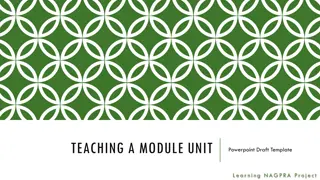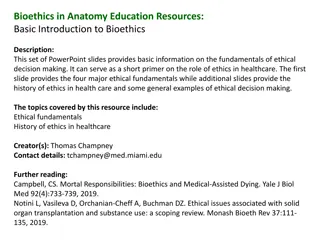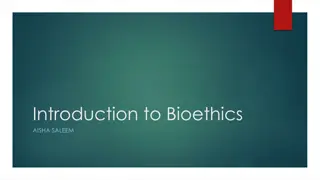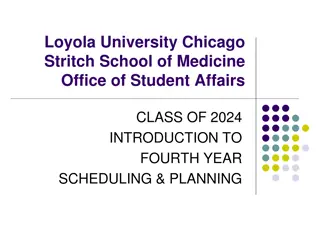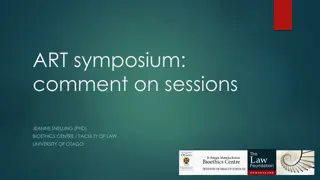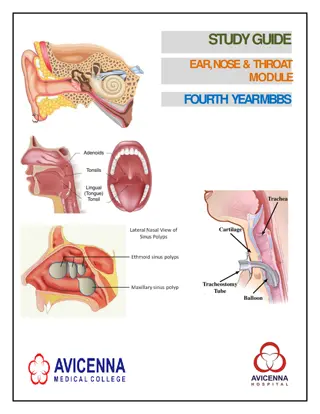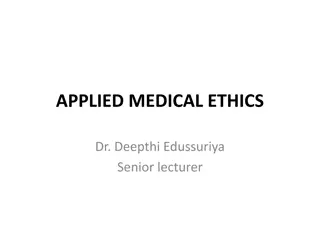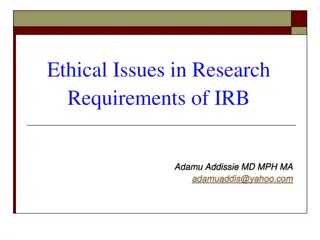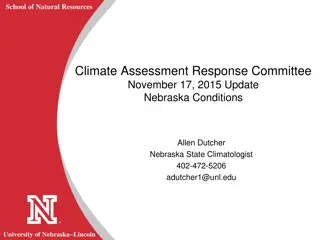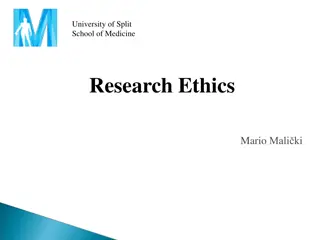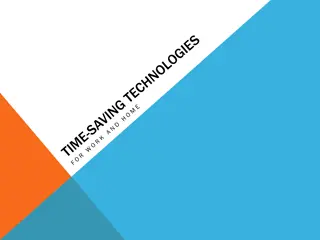The Future Trends of Bioethics
Ethical dilemmas in the field of bioethics are evolving rapidly, driven by advances in medical technology. Questions arise regarding the survival of basic ethical principles and the development of bioethics amidst technological advancements. Key areas of debate include professionalism, the progress of biomedical science, and the complexity of medical professionalism. Understanding patient complaints also plays a crucial role in shaping the future of ethical practices in healthcare.
Download Presentation

Please find below an Image/Link to download the presentation.
The content on the website is provided AS IS for your information and personal use only. It may not be sold, licensed, or shared on other websites without obtaining consent from the author. Download presentation by click this link. If you encounter any issues during the download, it is possible that the publisher has removed the file from their server.
E N D
Presentation Transcript
THE FUTURE TRENDS OF BIOETHICS SETYO TRISNADI
INTRODUCTION There are some questions that should be discussed related to the future trends of bioethics Will current basic principles of bioethics survives the future challenges of sophisticated medical services? How will bioethics develop in the midst of rapid medical technology advancement?
Ethics/Moral Bioethics Professionalism Bioethics is the ethics of biological and medical technology and deals with moral questions arising from advances in these filed: (reproductive technology, cloning, research/studies on stem cell, medical termination, ect) The basic meaning of good and bad, right and wrong will be different? (Widdow H, 2011)
THE RAPID PROGRESS OF BIOMEDICAL SCIENCE. THE RAPID PROGRESS OF BIOMEDICAL SCIENCE. 2,3 2,3 Community Family Anatomy Physiology Biochemistry etc. OLD BIOMEDICAL SCIENCES Human being Human body Organ EYE, ENT, etc Tissues Departments Cells NEW BIOMEDICAL SCIENCES Cytology, Biomol. Technology, DNA Recombinant technology Moleculars Sub molecular Cloning, stem cell study FUTURE BIOMEDICAL SCIENCES BIOETHICS ISSUES
THE COMPLEXITY OF MEDICAL PROFESSIONALISM THE COMPLEXITY OF MEDICAL PROFESSIONALISM Practicing physicians seem to be infused with an entrepreneurial spirit. The grew of scientific and technical competence The professional dominance The sky rocketing to a corporate player The de-professionalization, corporatization The seven competing clusters of medical professionalism in practice: nostalgic, entrepreneurial, academic, life style, empirical, unreflective, and activist. (Castellani & Haffery, 2010)
A QUALITATIVE STUDY ON PATIENTS COMPLAINT (WITFORD ET AL (2004), ACAD.MED. FEB, 79: 34-38) Issues: Disrespect (36%) Disagreement of expectation of care (23%) Inadequate information (20%) Distrust (18%) Perceive unavailability (15%) Interdisciplinary miscommunication (4%) Misinformation (4%) Others (19%)
The rapid progress of Science and Tech, continuous Increasing awareness and human right of healthcare Global health condition are marked by inequities due to poverty and lack of access to health care services Freedom, human right, autonomy, individualism, liberalization, capitalism, corporatization, etc neo-colonialism, imperialism
The complexities of medical professionalism in practice (Castellani and Haferty, 2010): 7 Clusters. 1) Nostalgic, 2) Entrepreneurial, 3) Academic , 4) Life Style, 5) Empirical, 6) Unreflective, 7) Activist.
FUTURE TRENDS OF BIOETHICS Old biomedical science New Biomedical Science Future biomedical science Ethics Biomedical ethics bioethics global bioethics future bioethics It should be analyzed and discussed possibilities/probabilities? Clear picture? Medical education? Medical Care/Service? And Bioethics issues Medical research?
Bioethics for - The advantage/rich? - The disadvantage/Poor? - Both? Equity - Concept (challenges and changes)
TEACHING BIOETHICS Developing Medical Professionalism in Future Doctors: A Systematic Review (Passi et al, 2010).a 40 40 29 9 19 37 Teaching & Teaching & learning learning methods methods Curric Curric Design Design Student Student select select Role Role Modeling Modeling Assess Assess Methods Methods Meta analysis 1332, 230, 175, 135 articles.








